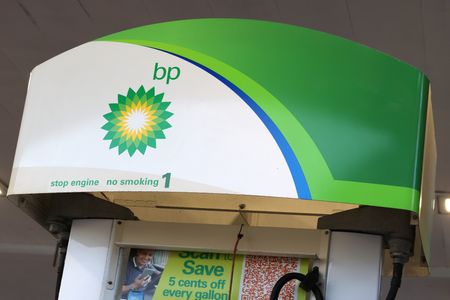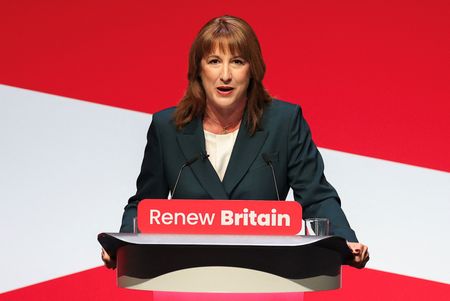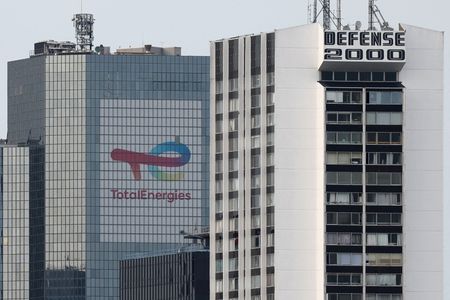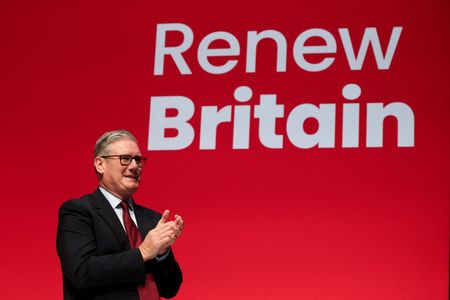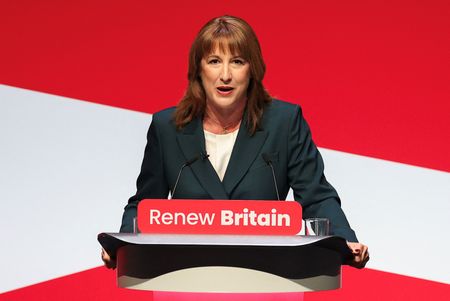By Sheila Dang and Stephanie Kelly
HOUSTON (Reuters) -British energy major BP will go ahead with developing a $5 billion offshore drilling project in the U.S. Gulf of Mexico, it said on Monday, underscoring its commitment to the U.S. region to rebuild its oil and gas business.
The Tiber-Guadalupe project, expected to begin oil and gas production in 2030, will include a floating platform with the capacity to produce 80,000 barrels of crude per day. BP is increasingly reliant on the U.S. to drive growth, following a strategic shift announced in February to shift away from renewables investment and refocus on core oil and gas operations.
BP aims to increase its U.S. upstream output to more than 1 million barrels of oil equivalent per day by 2030, just under half of its target to produce between 2.3 million and 2.5 million boepd globally in 2030. The company produced 2.3 million boepd in the second quarter, it said in August.
The energy major is seeking to close the gap with rivals Exxon Mobil and Shell that have outperformed it in recent years on shareholder returns.
The new platform will develop the Tiber and Guadalupe fields, located about 300 miles (480 km) southwest of New Orleans, that are estimated to hold about 350 million barrels of oil equivalent in recoverable resources, BP said.
BP has set a production target of at least 400,000 boepd from the Gulf by 2030, up from 341,000 boepd last year.
Tiber-Guadalupe will be BP’s second project in the Gulf to produce from ultra-high pressures of 20,000 pounds per square inch, a breakthrough technological advancement.
U.S. oil producer Chevron was the first to drill at that pressure from its Anchor project last year.
Development costs for Tiber-Guadalupe are expected to be about $3 per barrel lower than BP’s nearby Kaskida project after using 85% of the same design, BP said.
(Reporting by Sheila Dang in Houston and Stephanie Kelly and Shadia Nasralla in London; Editing by Nathan Crooks, Marguerita Choy and Barbara Lewis)

